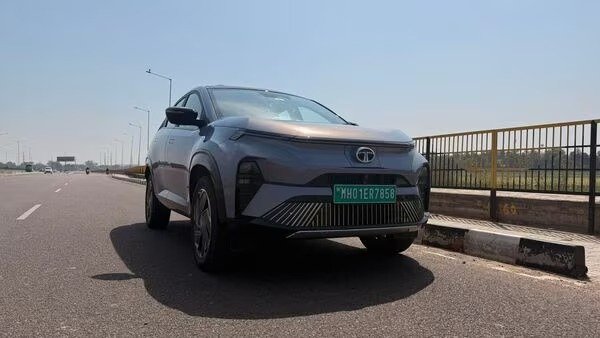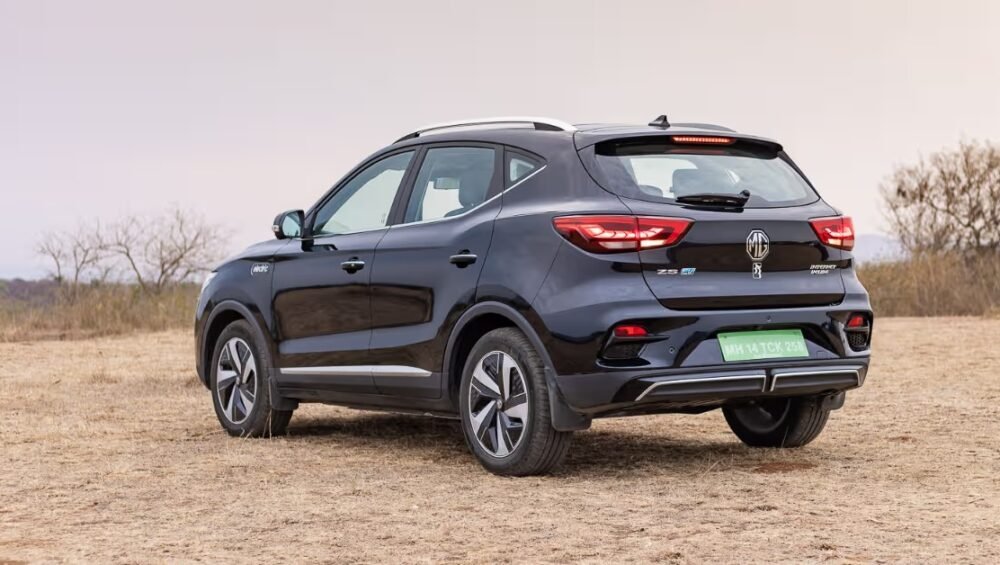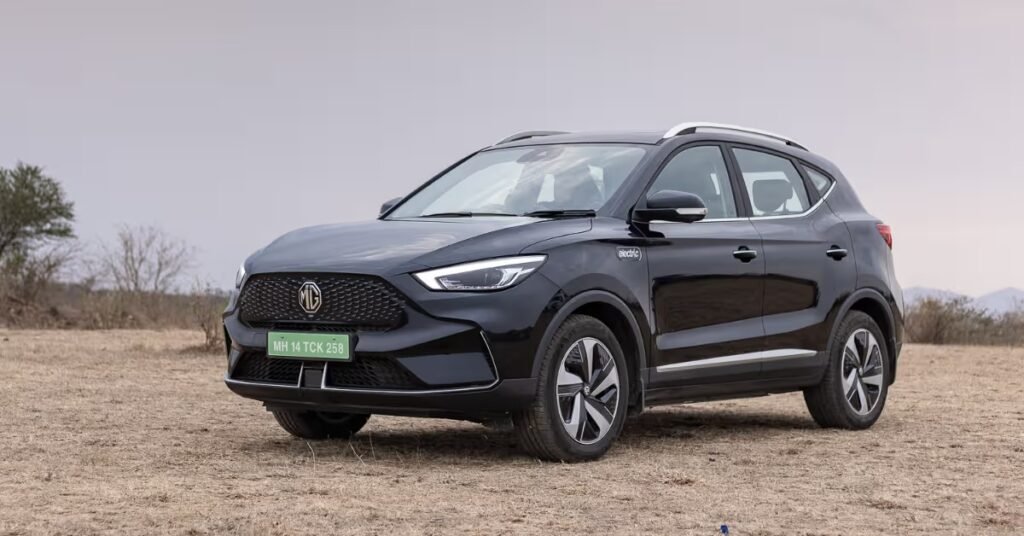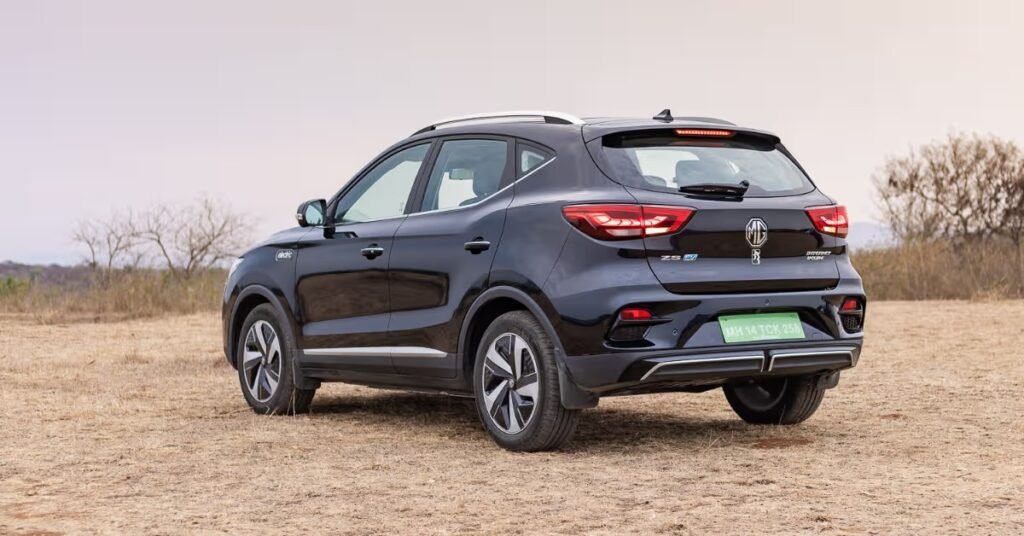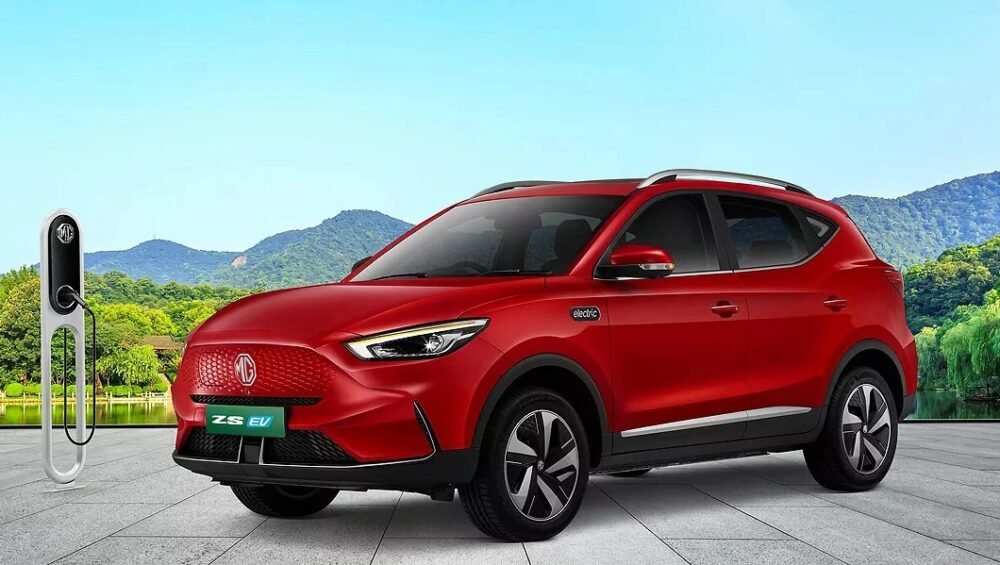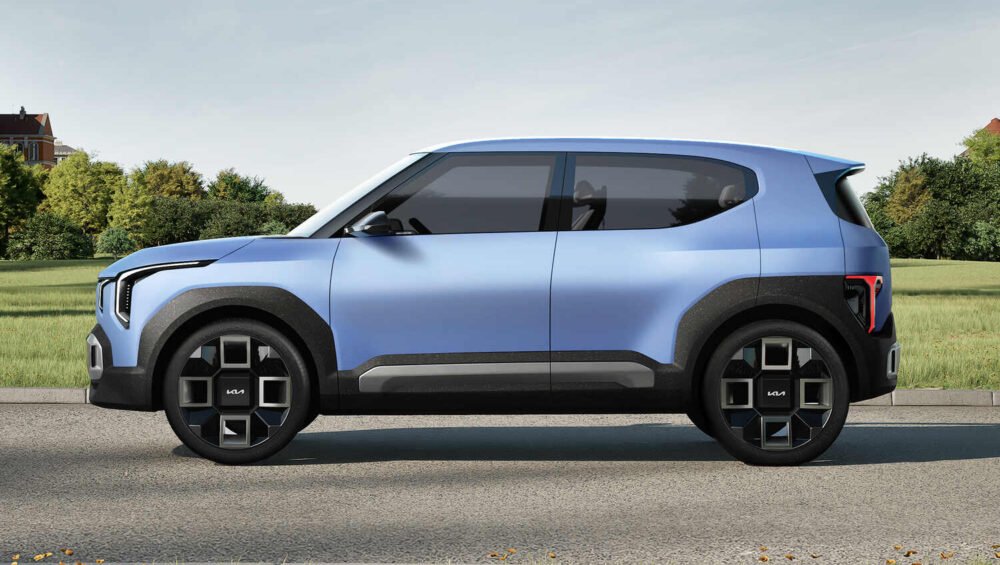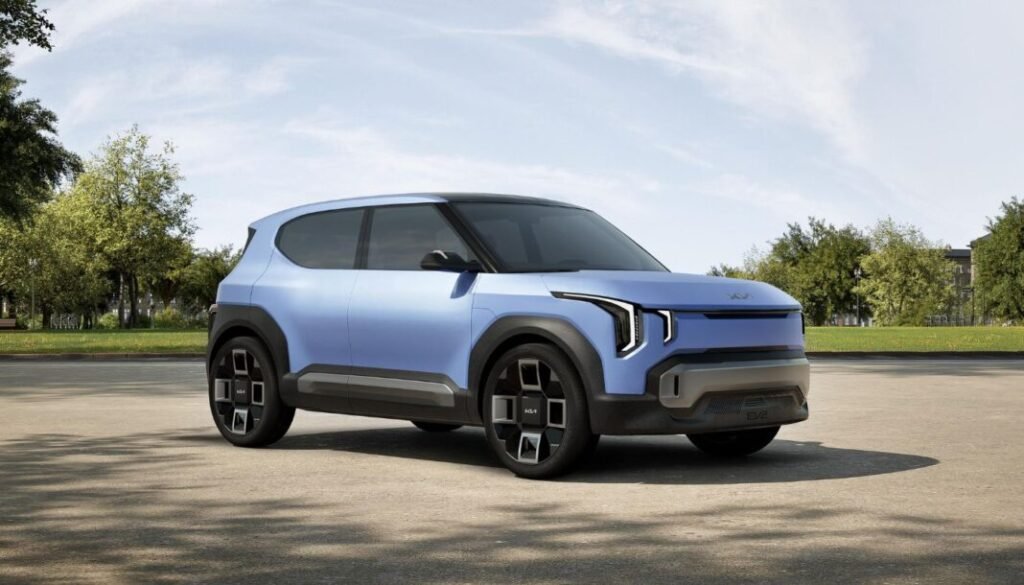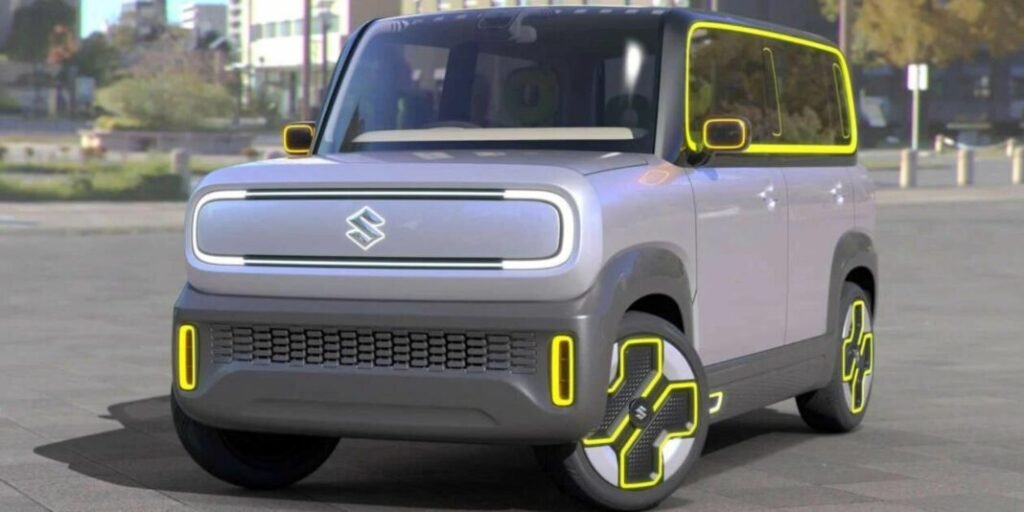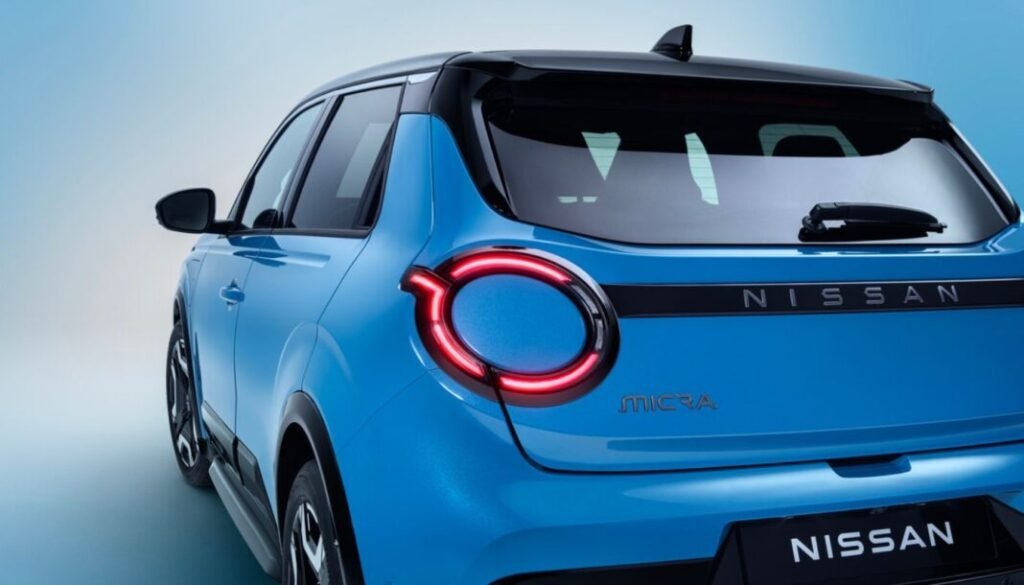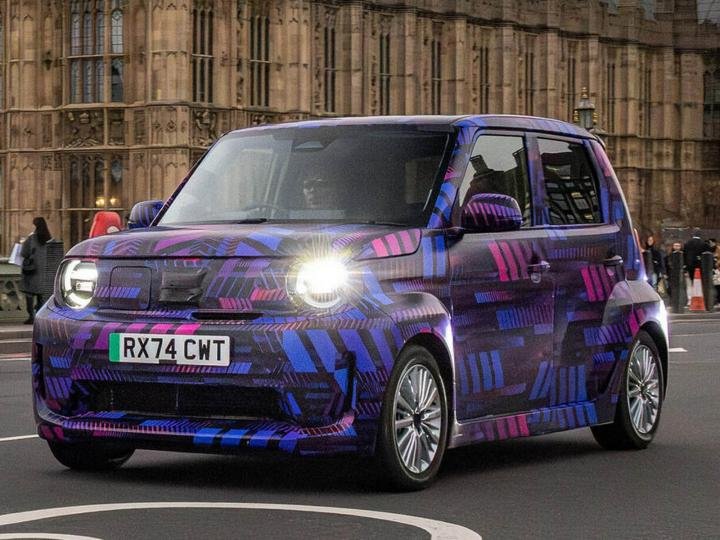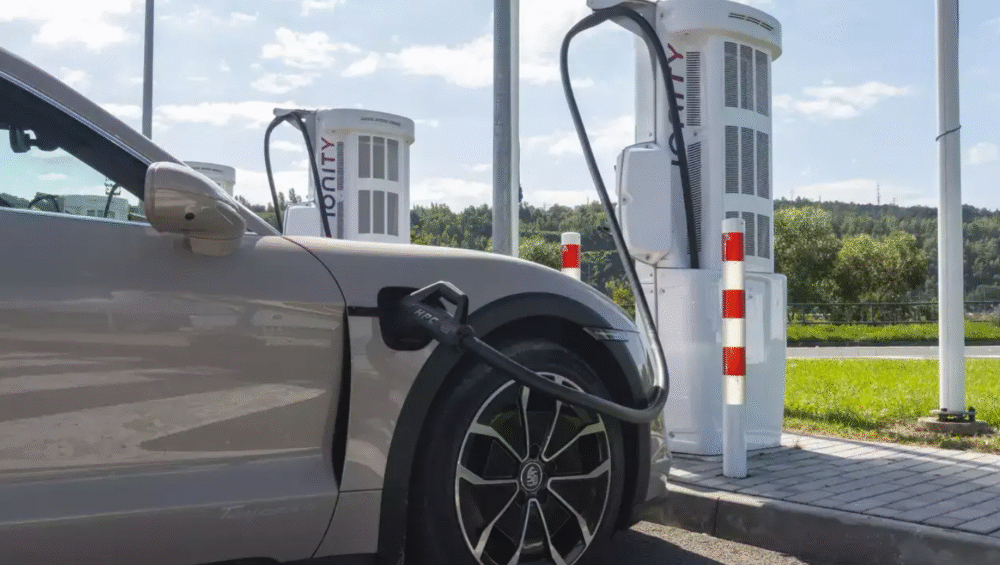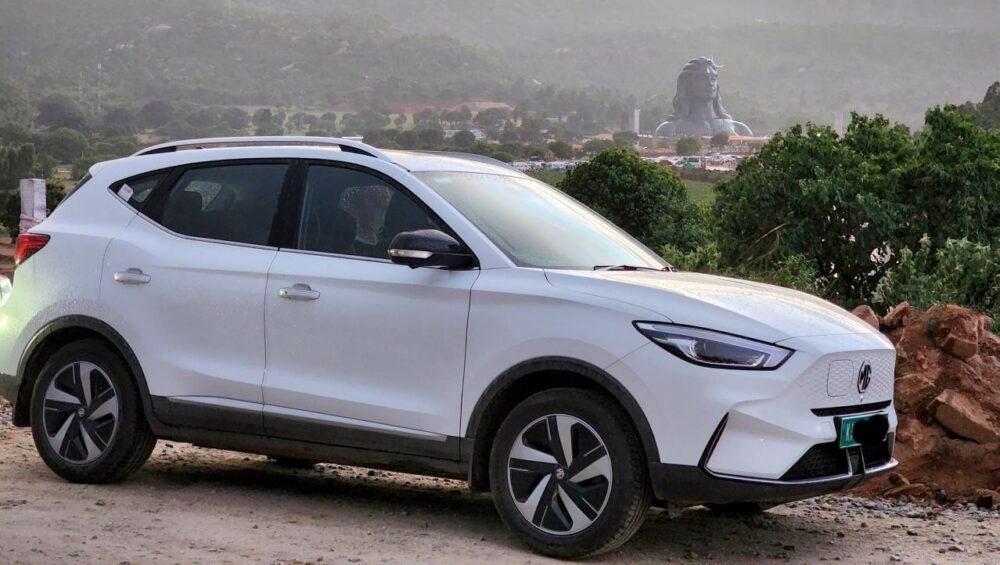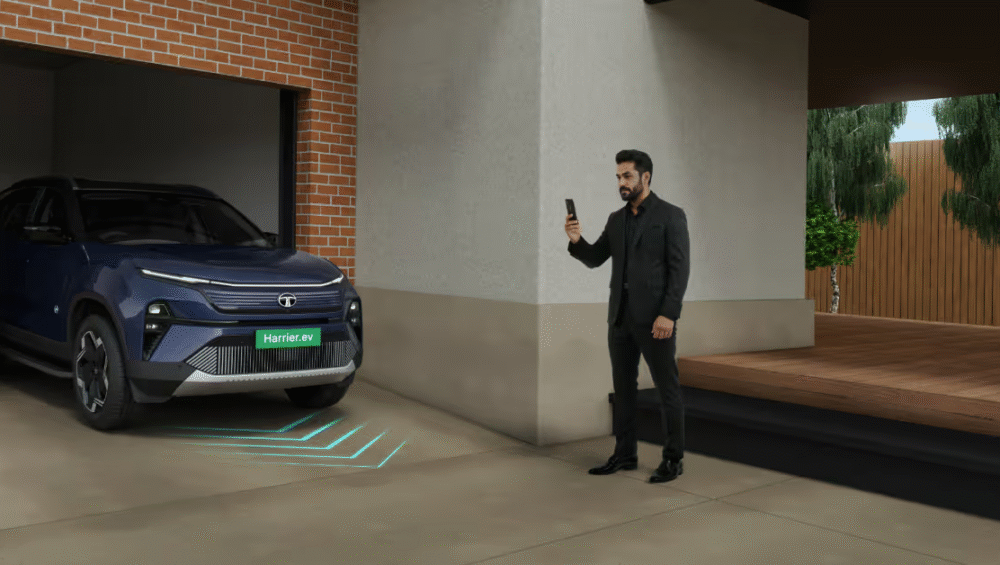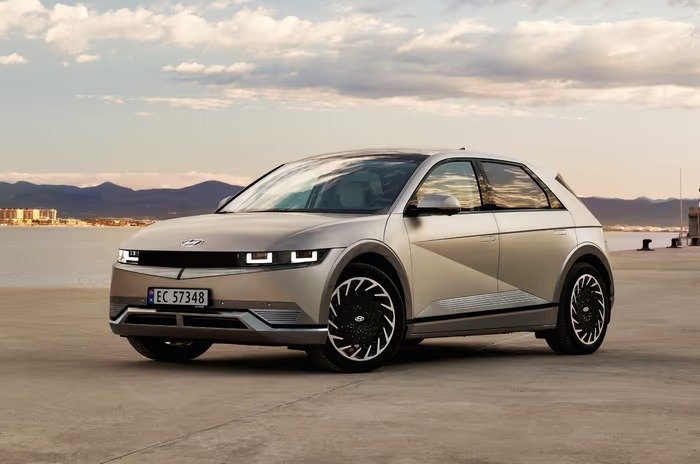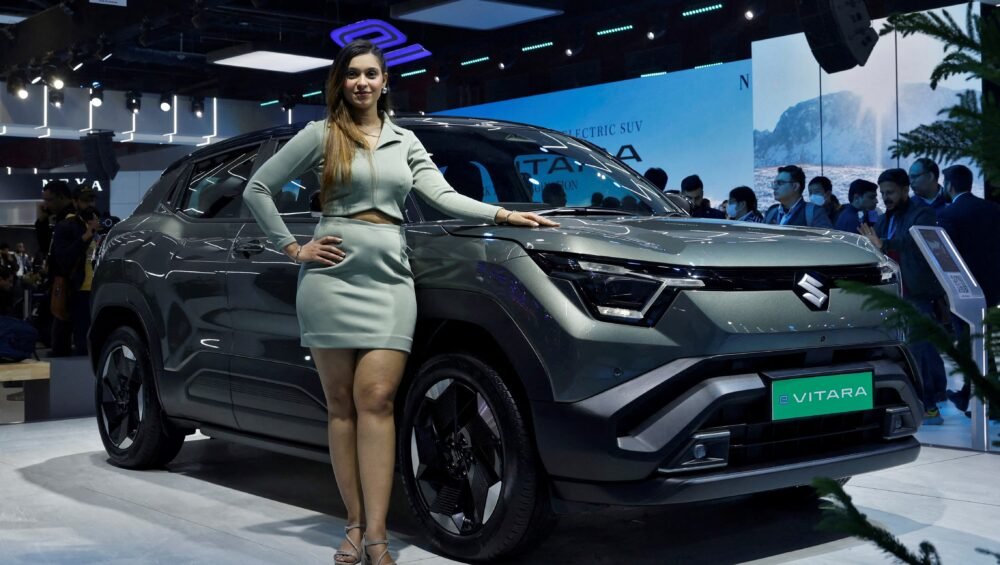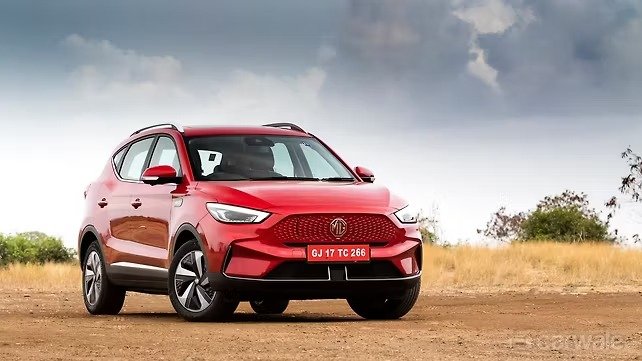Tata Motors launched the Harrier EV recently. Its base version called Adventure trim costs ₹21.49 lakh. The top version of the Curvv EV, called the Accomplished Plus A trim, costs ₹21.99 lakh. That’s just ₹50,000 more!
So, what extra do you get if you spend that little bit more? Let’s see:
✅ Extra Features in the Curvv EV (Top Version)
- Bigger Touchscreen
- Curvv: 12.3-inch
- Harrier: 10.25-inch
→ Bigger screen makes things easier to see and use.
- Wireless Phone Charging
- Curvv: Just place your phone on the pad.
- Harrier: You need to plug in your phone.
- Better Sound System
- Curvv: 9 JBL speakers
- Harrier: 6 speakers
→ Curvv gives better music quality.
- Panoramic Sunroof
- Curvv: Has it.
- Harrier: Doesn’t have it.
→ Lovely for open-air feel.
- 360-Degree Camera
- Curvv: Lets you see all around the car.
- Harrier: Only has a rear camera.
→ Helpful for parking safely.
- ADAS – Smart Safety Features
- Curvv: Includes lane assist, collision warning, etc.
- Harrier: Doesn’t have these in base version.
→ Curvv keeps you safer on the road.
- Air Purifier
- Curvv: Comes with one for clean air.
- Harrier: No air purifier.
→ Good for dirty or dusty air.
- Hands-Free Tailgate
- Curvv: Opens with a wave of your foot.
- Harrier: You must open it manually.
- Ambient Lighting
- Curvv: Has soft lights inside for a nice feel at night.
- Harrier: Doesn’t have it.
- Ventilated Front Seats
- Curvv: Seats keep you cool.
- Harrier: Seats are regular.
👉 One note: Harrier gets an 8-way power driver seat; Curvv has a 6-way power adjust seat.
🔋 Battery & Range
- Harrier EV: Bigger 75 kWh battery → 622 km range.
- Curvv EV: 55 kWh battery → 502 km range.
Harrier gives more driving range, but Curvv gives more features.
🧭 Final Thought
- If you want more distance and range, go for the Harrier EV.
- If you want extra features, comfort, and fun stuff for just ₹50,000 more, the Curvv EV top version is the better deal.
In short: Spend a little more, and the Curvv EV gives you a better and smarter drive!
